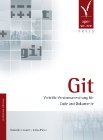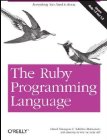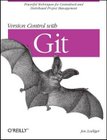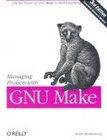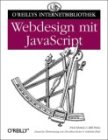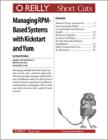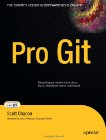
Once, when I picked up a book from the local library, the librarian asked to tell her what I thought about the book when I would bring it back. Well, why not write a few lines about all the books I read so everybody could see what I thought about it? I'm often also happy to have friends recommend a certain book or tell me this and that is not really worth reading. I won't comment about the tons of books I have read so far, but about books I read from now on.
| highly recommended | sehr empfohlen | |
| good reading | gutes lesematerial | |
| average | durchschnittlich | |
| not too interesting | nicht allzu interessant | |
| recommended not to read it | empfehlung das buch nicht zu lesen |



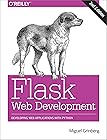















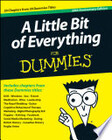






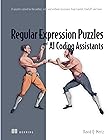



















































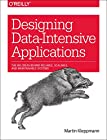



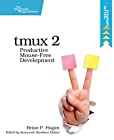
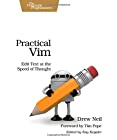









































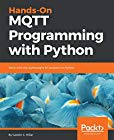























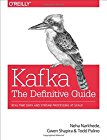



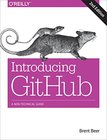




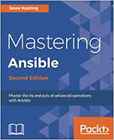





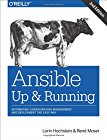















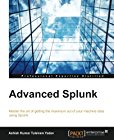





































 |
|
|---|---|
| title | Pro Git |
| author | Scott Chacon |
| ISBN-10 | 1-430-21833-9 |
| ISBN-13 | 978-1-430-21833-3 |
| ASIN | |
| rating | |
| date | 2013-Dec-26 |
Like many other tech books, Pro Git starts out with a chapter titled "Getting Started". Well, that chapter alone certainly is not sufficient to get you started with git, but the book as a whole is an excellent way to learn how to work with git and how git is working with your code (or whatever you feed it to chew on).
I've used git before and scratched a bit more than just the bare surface of it, so many of the things described were not new to me. I was reading this book mainly to get a feel of whether I could recommend it to a team of IT people who will start working with git soon. And yes, I can recommend it. The book introduces the reader gradually and in a logical sequence to the concepts behind git and the way to work with it.
There are several ways a team can collaborate using git and Scott Chacon explains some of them in the book, complete with workflow, advantages and disadvantages. This is one of the things I like especially in this book. It is often difficult to decide on a workflow to use when you're new to a tool and this information can help a lot. Also the recommendations for size of commits, structure of commit message etc. are all there.
The samples in the book are clear and easy to understand. They are kept short, which is a good thing on one hand (quickly find what you need and be done with it), but in some circumstances you may need to piece together a few things by yourself to achieve what you want to do (branch, make changes, cleanup using interactive rebase, cherry-pick/rebase/merge back to master). An additional (optional) chapter walking the reader through a whole change step by step might be useful for new users.
One chapter is dedicated to working with and converting from other systems. Pro Git uses subversion and perforce as samples. A really helpful chapter if you're stuck with a central subversion repository or you need to import the history from an old setup.
The last chapter is rather technical and a great treasure trove and source of how git works internally. It walks the reader through a series of low-level commands and builds a complete repository just using the plumbing commands; a great way to learn and understand how git works behind the scenes. Very valuable information if you need to do something very special or if you're just very curious.
All in all, a good book.






























